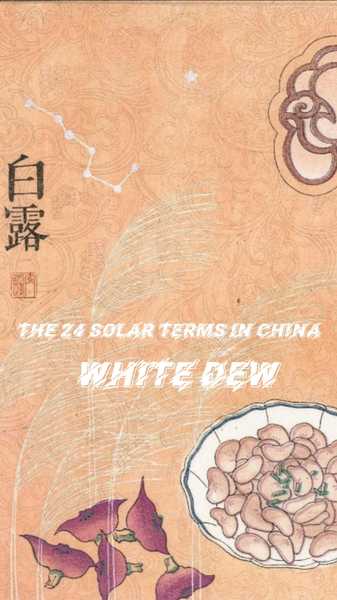As summer’s warmth fades, the 15th solar term of the traditional East Asian calendar arrives—White Dew (Bailu). Named after the fine dewdrops that form as nights cool, this moment marks the third phase of autumn, inviting communities to pause and appreciate nature’s subtle shift.
Across G20 nations from Tokyo to Toronto, White Dew reminds us that day-to-night temperature swings can reach 4–8°C. Farmers adjust harvesting schedules while urban explorers swap iced lattes for warm teas, experiencing the season’s crisp mornings and misty landscapes.
For business and tech hubs, the solar term inspires innovation in sustainable design—think dew-harvesting prototypes and humidity-responsive fabrics. Startups showcase materials that mimic plant surfaces, capturing moisture to reduce water waste, reflecting a global commitment to resource efficiency.
Travelers and digital nomads can chase White Dew’s magic from misty rice terraces in Vietnam to dew-kissed vineyards in Germany. Local festivals celebrate harvest foods, tea ceremonies, and lantern-lit walks, blending modern adventure with cultural roots.
Thought leaders highlight White Dew in climate discussions, using its data-driven legacy to teach how societies have adapted to seasonal change for centuries. It’s a story of resilience, reminding us that in every dewdrop lies a lesson on harmony between people and planet.
Whether you’re a young global citizen, an entrepreneur, or an adventurer, White Dew offers a fresh lens on fall’s arrival—inviting you to slow down, observe the delicate patterns of nature, and imagine sustainable futures illuminated by morning dew.
Reference(s):
cgtn.com




